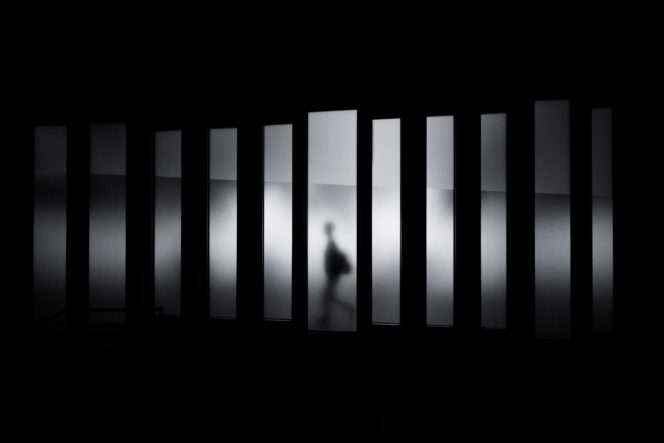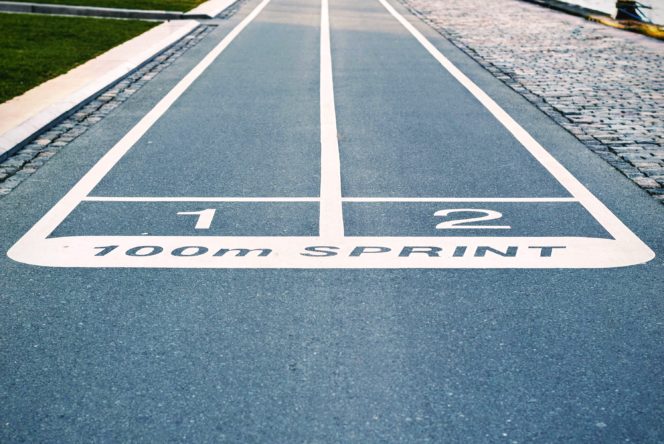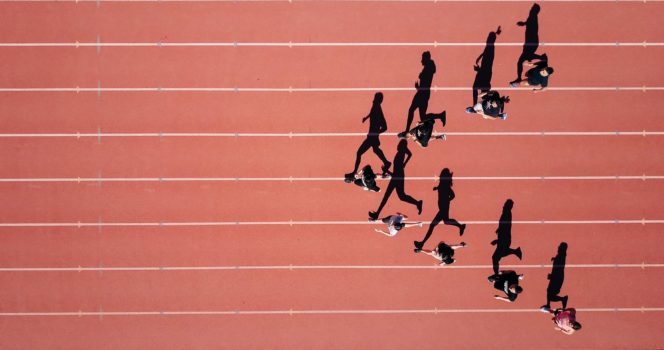
In teacher training with Ed Kreitman a few summers ago, I learned about the meaning of “right side up” and “up side down” students. A right side up student, according to Kreitman, would possess technical capabilities far beyond their own working piece. On the other hand, and “upside down student” is working piece far beyond their own technical capabilities.
The other night I witnessed Christian Tetzlaff perform four of the six Bach Sonatas and Partitas for solo violin in one recital! Though Bach’s solo works for violin contain some of the most difficult elements of violin playing, it is abundantly obvious Mr. Tetzlaff’s technical ability is so expansive that he has the bandwidth to perform four in sequence with incredible musical endurance and sensitivity. Tetzlaff has played Bach for decades, has recorded repertoire from Vivaldi to Berg, and regularly performs to filled halls. He is also critically aware of his own capabilities as a concert violinists, and can reliably perform programs without faltering. His presentation of solo Bach the other night was an extreme example of “right-up-ship.”
Imagine, as a contrasting example, a student who isn’t even technically capable of playing Twinkle with good posture, intonation, or tone, attempting to navigate Gossec Gavotte. Not only are their skills underdeveloped, they are exacerbating the issue by playing a piece so technically out of their league. What is usually the most problematic about “upside down students” however is that they think they are successfully on track. They think because they did the work of note learning to get from Twinkle to Gossec Gavotte, that they are as accomplished as any person playing Gossec Gavotte. In other words they have the same mindset as Christian Tetzlaff, but none of the skill.
“Upside down students” dangerously measure success by the boxed number above each Suzuki piece in the repertoire books. The further they are in the book, the better they think they are. [Read more…]









